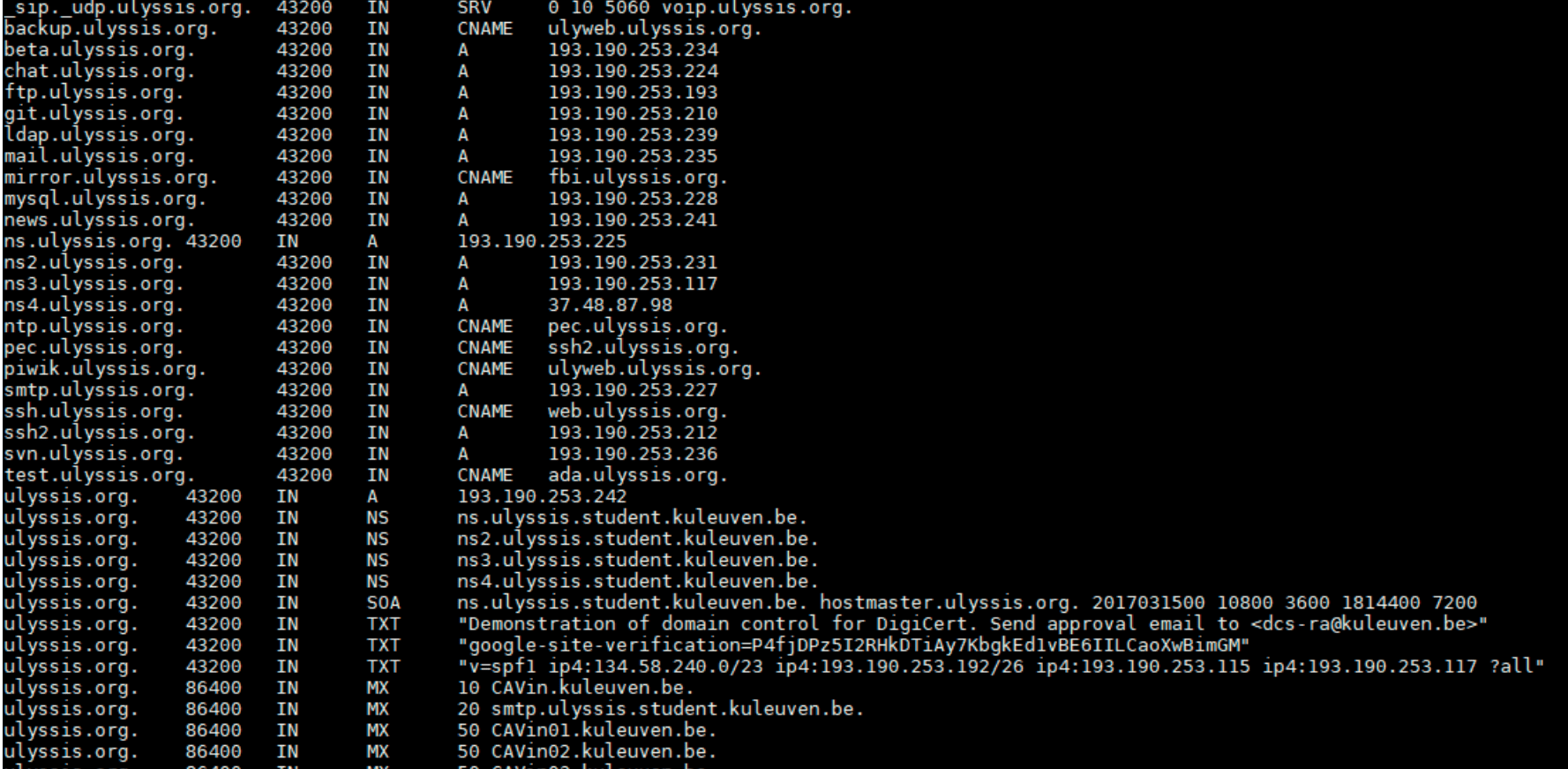


A DNS Resolver is a software component, deployed as part of operating systems, routers and network services, which accepts a hostname like “ and is responsible for finding the correct IP address for the hostname. Even routers which theoretically support IPv6 do not run it by default.ĭNS helps users and network devices discover other devices, by translating human-readable hostnames into IP addresses. Currently most network hardware, and even new hardware being sold today, does not support IPv6. Network Address Translation (NAT)-abstracts an entire network as a single external-facing IP addressĪnother reason is infrastructure-for the Internet to fully switch over to IPv6, every router, switch and visible server must support the standard.Classless inter-domain routing-flexible subnetting of internal networks.Classful networks-better distribution of IP addresses.Part of the reason for the delayed adoption of IPv6 is that over the years, mechanisms have emerged to serve more physical devices with the same limited IPv4 addresses: Either way, most of the Internet is currently not IPv6 capable and therefore cannot leverage IPv6 DNS. At the time of this writing, only 17.49% of devices on the Internet are currently IPv6 capable, while a larger proportion of DNS resolvers- over a third-are capable of handling IPv6 addresses. IPv6 was introduced over a decade ago, and still, adoption is slow. IPv6 Adoption and the Growing Importance of DNS Two commonly used mechanisms are DNS64 and NAT64. However, mechanisms have been developed to integrate older and newer hosts, and allow communication from IPv4 to IPv6 and vice versa. The two protocols are not interoperable, so IPv4 hosts cannot communicate with IPv6 hosts at the protocol level.

#Sidplay dns 64 bits#
|-|-Ĥ8 bits 16 bits 64 bits IPv4 and IPv6 Interoperability Thus, IPv6 enables 65K more subnets than in IPv4. In IPv6, addresses are divided into a 48 bit routing prefix, a 16-bit subnet ID (together these two define the subnet), and an Interface ID used for hosts only. IPv4 addresses use the first 24 bits of the address as an optional subnet mask.

Simplifies address assignment (stateless address auto-configuration).Differences Between IPv4 and IPv6īeyond the different notation, here are important benefits of IPv6 compared to IPv4: The new notation increases the address space to approx. IPv6, defined in RFC 8200, uses 128-bit addresses with eight sets of four hexadecimal characters. This notation provides an address space of approx. In Internet Protocol Version 4 (IPv4), defined in RFC 791 in 1981, IP addresses are described using quad-dotted notation, like this: The previous version, IPv4, offered a limited address space, which is almost exhausted. What is IPv6 used for? A primary motivation for IPv6 is to offer more IP addresses. Devices use numeric IP addresses to connect to each other within and between networks. Internet Protocol Version 6 (IPv6) is a new version of the Internet Protocol (IP), the transport mechanism used for most communication on the Internet. Advanced DNS services that leverage IPv6.A quick guide to setting up IPv6 on your DNS server.IPv6 adoption and the growing importance of DNS.IPv6 basics and what are the differences between IPv4 and IPv6.If you operate your own DNS server, switching to IPv6 DNS requires configuration on your server, and creating two sets of records to ensure you can continue to support traffic from IPv4 hosts. IPv6, the new version of the IP protocol, provides important new capabilities, including a larger address space, more flexible subnetting, simplified address assignment, and improved security.Īs IPv6 adoption grows, DNS is becoming more important as a mechanism to help users, using both IPv4 and IPv6 hosts, reach the most appropriate IP address.


 0 kommentar(er)
0 kommentar(er)
